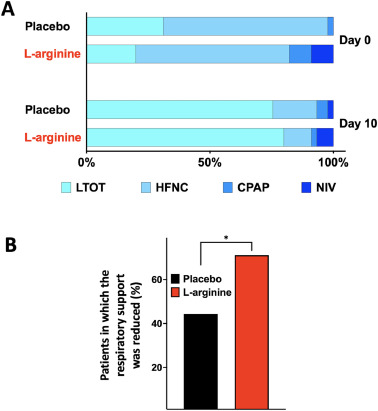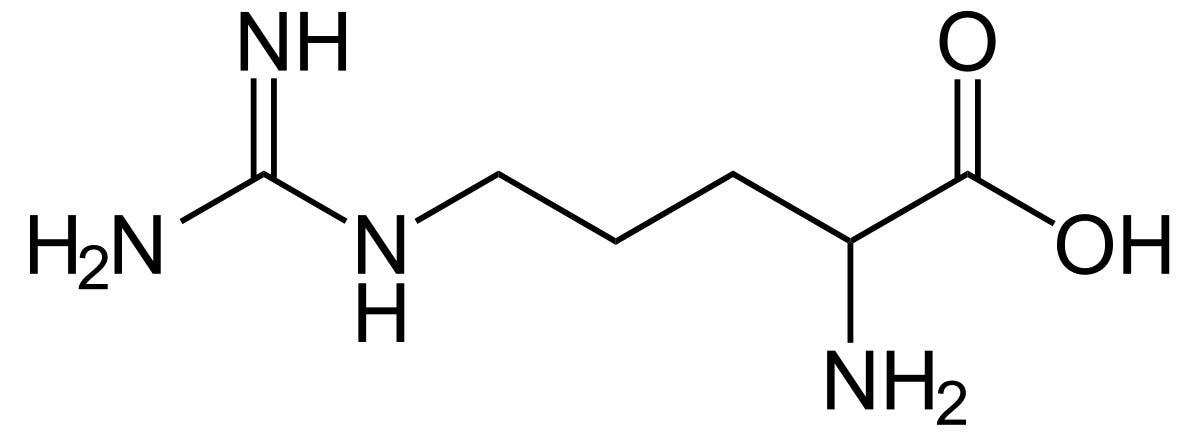thegiantess
Member
- Joined
- Nov 16, 2015
- Messages
- 316

Effects of adding L-arginine orally to standard therapy in patients with COVID-19: A randomized, double-blind, placebo-controlled, parallel-group trial. Results of the first interim analysis
In this interim analysis, adding oral L-arginine to standard therapy in patients with severe COVID-19 significantly decreases the length of hospitalization and reduces the respiratory support at 10 but not at 20 days after starting the treatment.
www.thelancet.com

